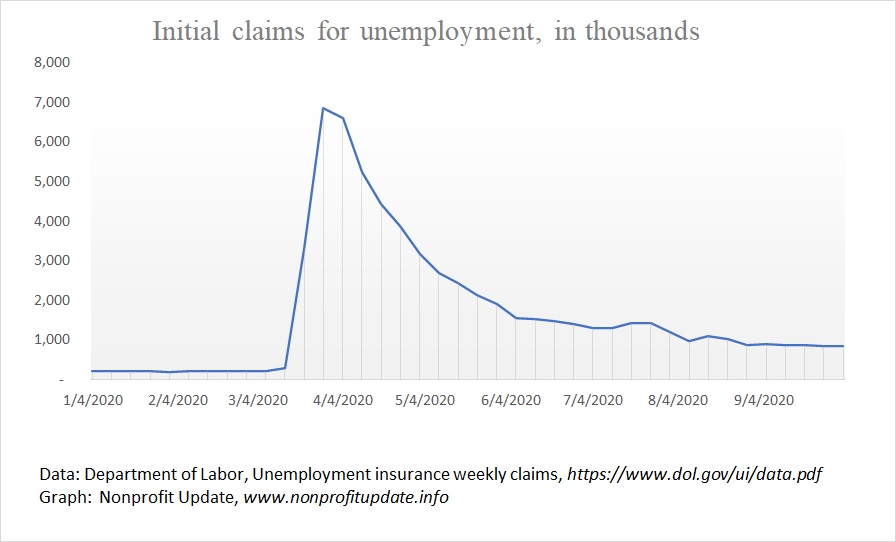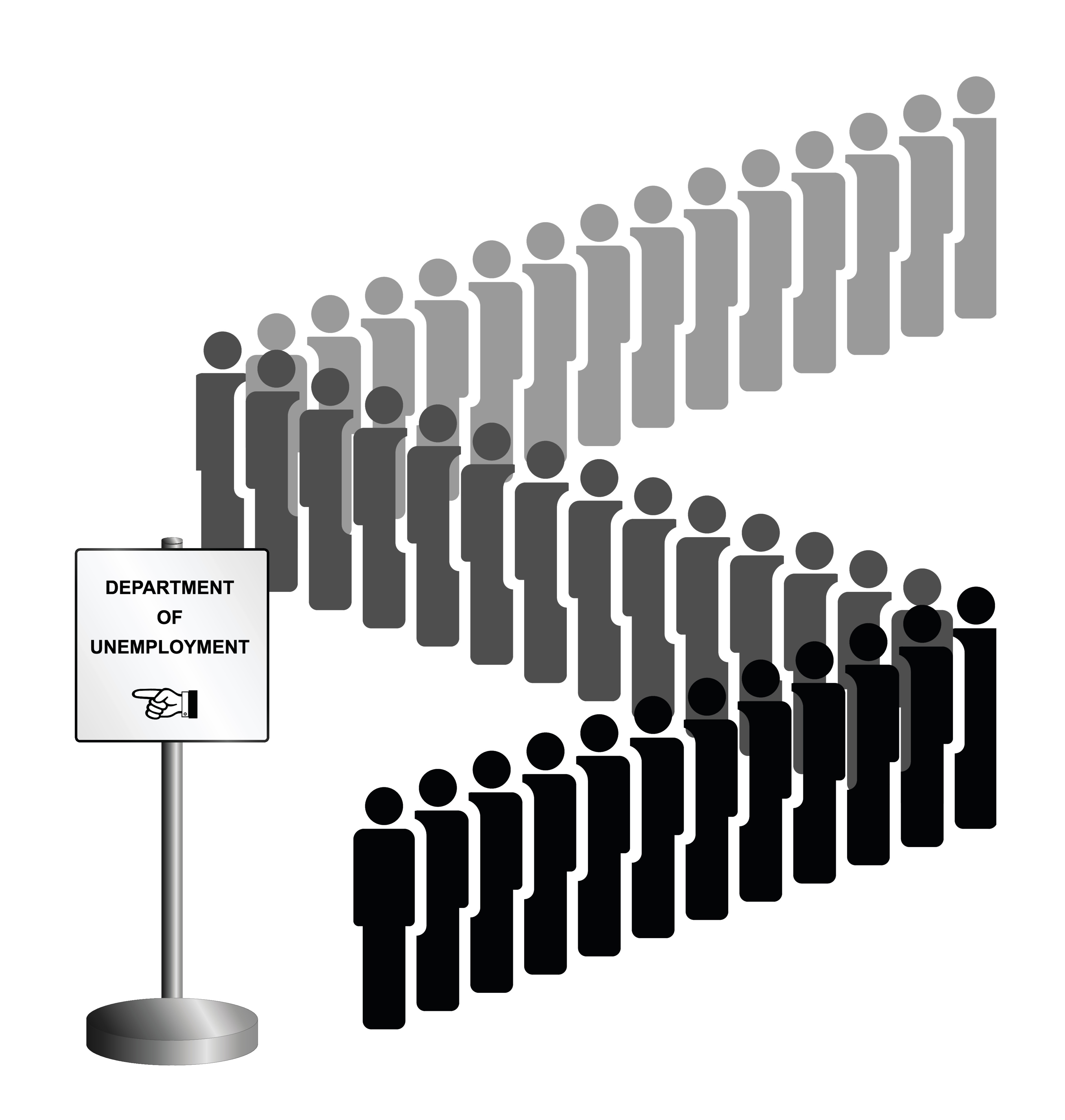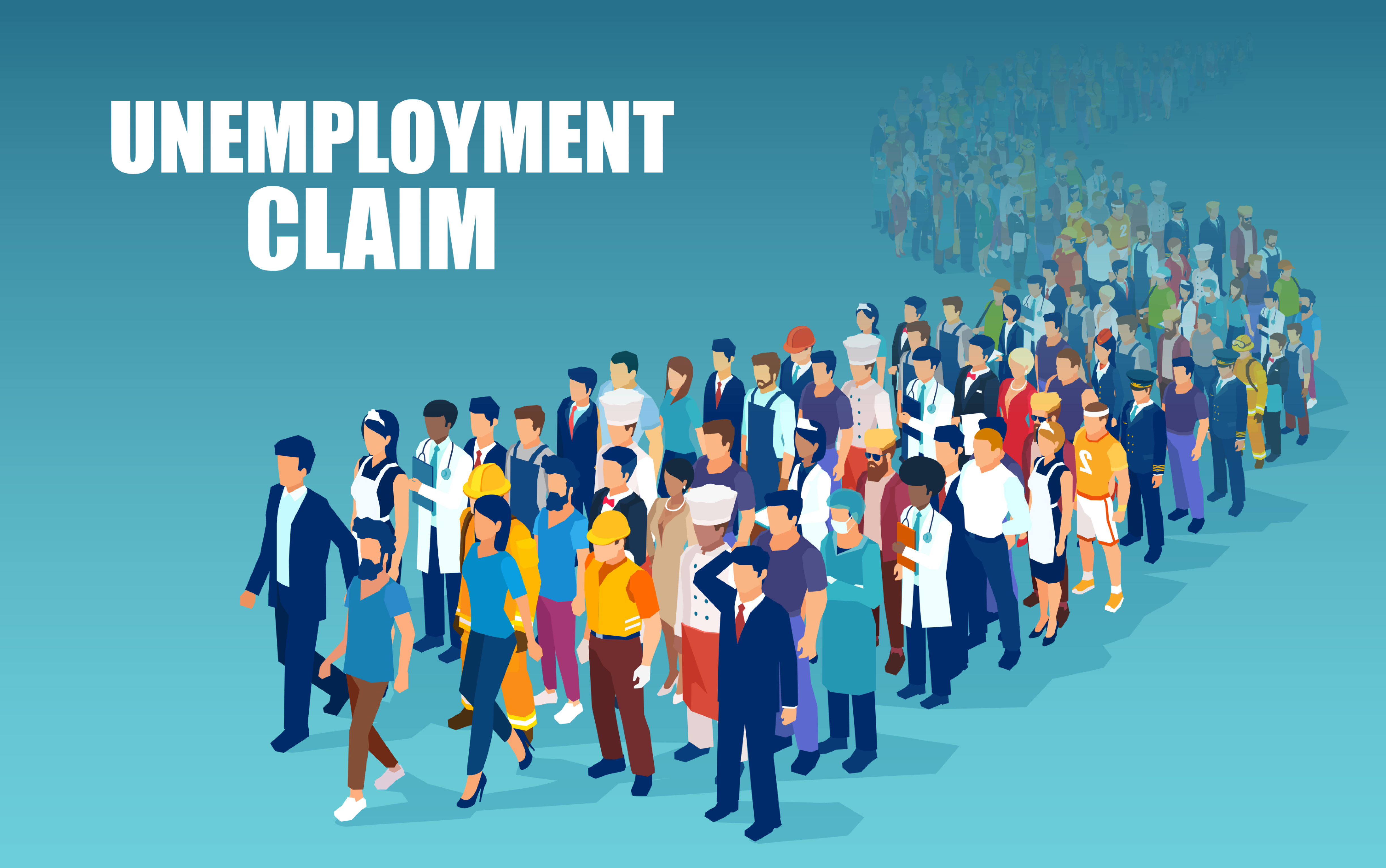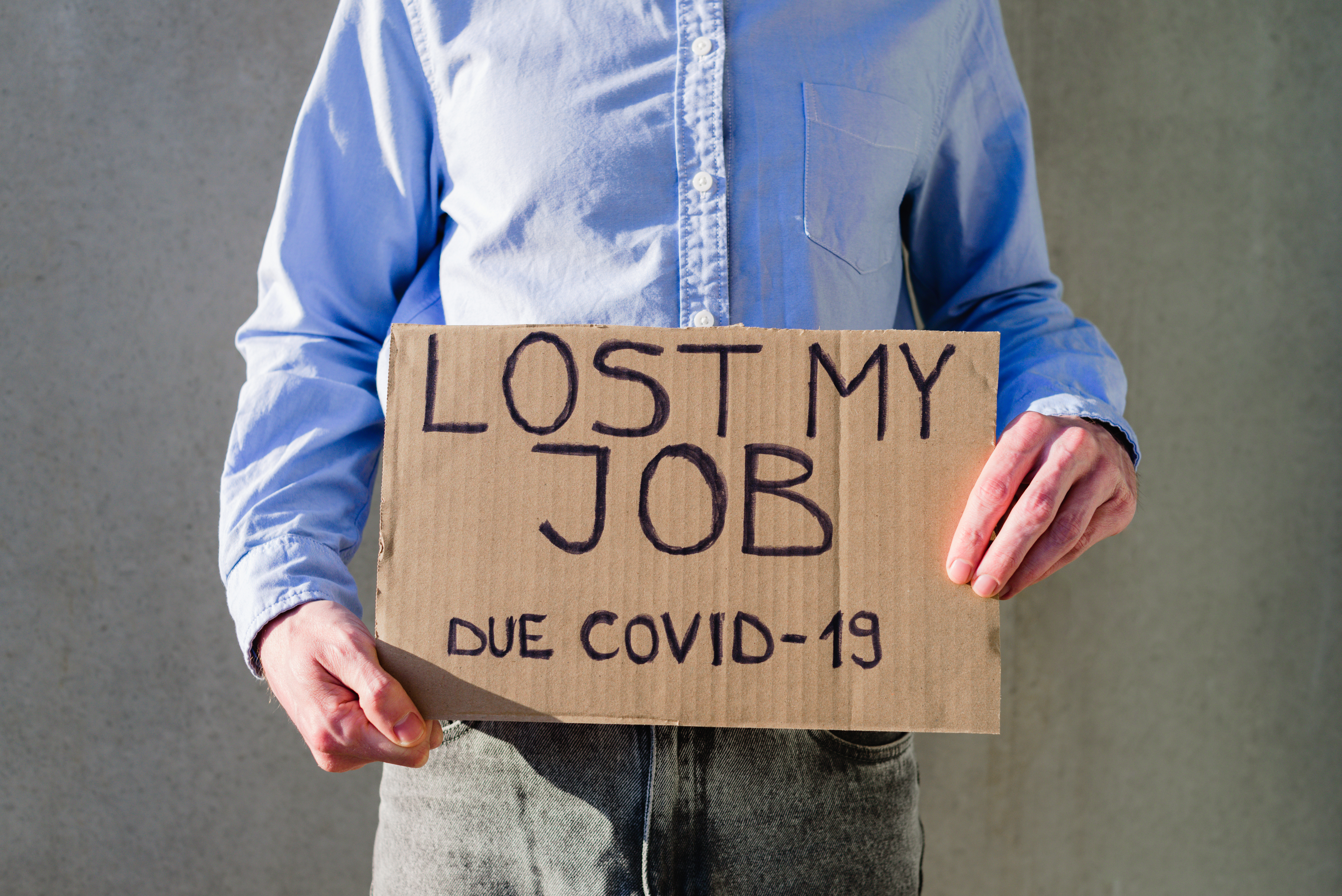
The number of new claims for unemployment for week ending 10/3/20 continues to decline a bit. Since 8/29/20 the new claims have been in the mid- to high 800 thousands. Change in the last five weeks, starting with 9/5/20 are +9K, -27K, +7K, -24K, -9K.
To again put this in context, before the government induced shutdown of the economy new claims averaged about 220K per week.
The number of continuing claims for unemployment is continuing to drop. I’m not sure why this is. Part is due to people going back to work.














